Gilman Boynton, 76, said that despite his repeated efforts to get an explanation, he has not been informed of the reason why ATF officials conducted the raid. He said the seizure has left him feeling like his second amendment rights have been violated.
“I've got three questions I want answered,” Boynton said. “Why were we targeted? What were they looking for? And who were they after?”
Federal officials said this week they were acting on “credible intelligence” and that their investigation revealed the agents acted appropriately when they seized the weapons.
The raid took place in the early morning hours on May 15, when agents awoke Boynton, his son Paul Gilman Boynton, 51, and daughter-in-law Lynne Boynton, 50, and proceeded to search the entire home.
They left one weapon, a Beretta that was locked in a safe, and have since returned two others – guns made before 1898, which federal law considers antiques, not firearms.
Gilman Boynton said ATF officials were cordial when the returned the two guns but that he was told he won't be able to reclaim his other weapons.
Lynne and Paul Boynton declined comment for this article.
James McNally, spokesman for the ATF Boston Field Division, said Wednesday that agents followed protocol throughout the case and clarified that the guns would not be returned because the investigation found that living arrangements led to violations of U.S. codes.
“ATF followed the information they received and made a determination that the best course of action was to seize the guns,” McNally said. “After reviewing the facts of the case, there were no charges filed and will be no charges unless there is a significant change in the case, but the guns will not be returned.”
By having the guns in the home at the same time as Boynton's son, ATF officials said the family was in violation of code 18 USC 622(d) which restricts certain groups from owning guns or living in home where guns are accessible. Read more
Source: myrecordjournal.com
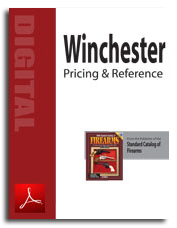 Are You in the Market for a Winchester?
Are You in the Market for a Winchester?

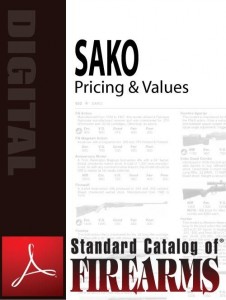


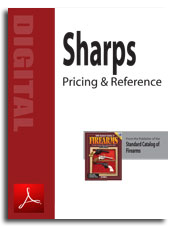


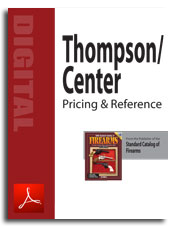
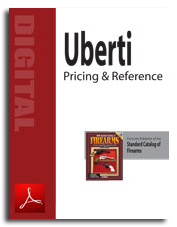
![Best Concealed Carry Guns In 2025 [Field Tested] Wilson Combat EDC X9S 1](https://gundigest.com/wp-content/uploads/Wilson-Combat-EDC-X9S-1-324x160.jpg)


![Best 9mm Carbine: Affordable PCCs [Tested] Ruger Carbine Shooting](https://gundigest.com/wp-content/uploads/Ruger-Carbine-Shooting-100x70.jpg)
![Best AR-15: Top Options Available Today [Field Tested] Harrington and Richardson PSA XM177E2 feature](https://gundigest.com/wp-content/uploads/Harrington-and-Richardson-PSA-XM177E2-feature-100x70.jpg)
